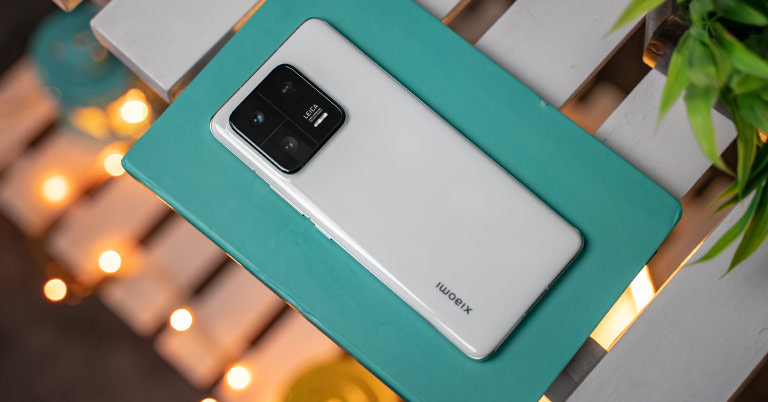
Over the past two weeks, I have been testing Xiaomi’s most expensive phone to date—the Xiaomi 13 Pro to prepare for this review. Alongside one of my current daily drivers, the Samsung Galaxy S23+.
So when we think about Xiaomi, it’s mostly always the value-for-money Redmi series we talk of. But if you are not aware, Xiaomi has also been making flagship phones for over a decade now! Yet, their flagships have honestly never been competitive enough to challenge the likes of Samsung and iPhones! They were more like upper midrange phones with a slightly better camera and a flagship processor.
But that’s all changing!
In the past couple of years, Xiaomi has been investing heavily in R&D and trying to bring a true flagship to the market! Last year, we saw that with the Xiaomi 12S Ultra—and now we have the Xiaomi 13 Pro, which the company seems very confident in since this phone is launching globally as well.
It is also priced quite competitively at INR 80,000 in India or NPR 129,999 here in Nepal. The Indian market also enjoys a flat INR 10,000 bank discount, whereas Xiaomi Nepal is offering a 50W wireless charging stand worth NPR 9,999 for free on every pre-order. For that price, I think this is a proper flagship killer!
Xiaomi 13 Pro Review: Specifications
- Body: 74.6 x 162.9 x 8.38mm, 229 grams, Bio-ceramic material, Gorilla Glass Victus back, Aluminum frames, IP68 dust/water resistant
- Display: 6.73-inch E6 AMOLED panel, 120Hz refresh rate, 240Hz touch sampling rate, LTPO 3.0, Gorilla Glass Victus, 10-bit colors, 1920Hz PWM dimming
- Other Properties: 1900 nits (peak) brightness, Dolby Vision, HDR10+
- Resolution: WQHD+ (3200 x 1440 pixels), 522 PPI, 20:9 aspect ratio,
- Chipset: Qualcomm Snapdragon 8 Gen 2 5G (4nm mobile platform)
- CPU: Octa-core:
– 1x Cortex-X3 (3.2 GHz)– 2x Cortex-A715 (2.8 GHz)
– 2x Cortex-A710 (2.8 GHz)
– 3x Cortex-A510 (2.0 GHz) - GPU: Adreno 740
- Memory: 8/12GB LPDDR5x RAM, 128/256/512GB UFS 4.0 storage (fixed)
- Software & UI: Android 13 with Xiaomi’s MIUI 14 on top
- Rear Camera: Triple (with Leica professional optical lens, LED flash)
– Primary: 50MP, f/1.9 Sony IMX989, 1″ type sensor, 23mm, HyperOIS
– Ultrawide: 50MP, f/2.2, 115° FoV, 14mm, AF (5cm macro)
– Telephoto: 50MP, f/2.0, 3.2x optical, 75mm, OIS, Floating telephoto lens - Front Camera: 32MP, f/2.0 (hole-punch cutout)
- Audio: Built-in stereo speakers, Dolby Atmos, Hi-Res Audio (Wired and Wireless), No 3.5mm headphone jack
- Security: In-display fingerprint sensor (optical)
- Sensors: Accelerometer, Ambient light, Barometer, E-compass, Flicker, Gyroscope, Hall, Proximity, IR blaster
- Connectivity: Dual-SIM (Nano), WiFi 7 a/b/g/n/ac/ax/be (Dual-band), Bluetooth 5.3, GPS / A-GPS / Glonass / Galileo / BeiDou / NavIC, 4G LTE (VoLTE), 5G
- Battery: 4820mAh with 120W Xiaomi HyperCharge (120W adapter provided)
- Wireless Charging: Yes (50W), 10W reverse wireless charging
- Color Options: Ceramic Black, Ceramic white
- What’s Inside The Box: Xiaomi 13 Pro, USB-A to USB-C cable, 120W power adapter, Clear case, SIM ejector tool, User manual and other documents
- Price in Nepal: NPR 129,999 (12/256GB)
Xiaomi 13 Pro Review:
I am saying “proper” because there are phones like the OnePlus 11 and iQOO 11 that cost much cheaper, but who are we kidding? These phones are not “flagship killers” because their cameras are pretty average for their class. And they don’t have premium features like wireless charging, IP68 rating, and such either!
And this is where the Xiaomi 13 Pro comes in! Here, you get all the flagship goodies you can think of, and it is also cheaper than something like the Galaxy S23+ and Pixel 7 Pro!
Design and Build
- 74.6 x 162.9 x 8.38mm, 229 grams
- Glass front/back, Aluminum frames
- IP68 dust and water resistant
Okay, let’s kick off this Xiaomi 13 Pro review with the design side of things. So this phone looks quite clean, nice, and premium. Especially this shiny white color variant that I have with me. You also get Gorilla Glass Victus protection up front and scratch-resistant ceramic glass on the back. And the high-quality aluminum frames also add to the phone’s robust build quality.

However, it feels very heavy because of the uneven weight distribution. So, I found it very difficult to hold in my hands and especially when typing with one hand on this thing. After a week or so, I eventually got used to it to some extent, but still, I think Xiaomi should have worked better to make the design more ergonomic! On the contrary, the S23+ is much lighter, has a nice grip, and feels really good to hold in my hands!
Other than that, Xiaomi has included an official IP68 rating here. And after 2021’s Mi 11 Ultra, this is the only other Xiaomi flagship in the global market with IP68 certification, if I’m not mistaken! The side buttons here are also conveniently placed where my thumb rests and it provides good tactile feedback.
Display
- 6.73-inches 2K WQHD E6 AMOLED panel
- 120/240Hz refresh/touch sampling rate
- 1900 nits (peak) brightness, Dolby Vision HDR
- Corning Gorilla Glass Victus protection
Moving on to the display, Xiaomi is offering a high-quality Samsung-made E6 AMOLED screen on the 13 Pro. It has got everything from a QHD resolution to LTPO adaptive refresh rate and a 10-bit color depth! It also gets quite bright and is comfortable to read through even outdoors on a sunny day or during nighttime.
I also love the colors coming out of this display. There’s HDR10+ and Dolby Vision support as well, making it ideal for watching movies on streaming services like Netflix.
Great stereo speakers
Plus, its stereo speakers get quite loud with good treble and base. No complaints! The only thing I am not a big fan of here is the curved sides. Even after customizing the touch setting to a small area, there are still some accidental touches here and there, and yeah… its curves are just not very useful apart from the aesthetics. However, the overall touch responsiveness of this screen is top-notch.

I like how the Xiaomi 13 Pro has an excellent set of vibration motors too. So, whether you are typing, tapping the navigation button, or just interacting with the phone, you will enjoy its great haptics. The fingerprint sensor is also placed in what I call the “goldilocks zone” which is not too down below or not too up top.
But I think companies should start opting for ultrasonic sensor instead of optical ones on their flagship phones because it feels more premium, more secure to use, and works when your hand is sweaty as well!
Performance
- Octa-core Qualcomm Snapdragon 8 Gen 2 5G SoC (4nm)
- 8/12GB LPDDR5X RAM, 128/256/512GB (UFS 4.0) storage (fixed)
- Android 13 with Xiaomi’s MIUI 14 on top
- 3 years of OS, 5 years of guaranteed security updates
Likewise, I still am not a big fan of the MIUI operating system, although they have addressed a lot of issues with the latest MIUI 14 update. You get a lot of customization options to play with here, the memory management is great, and I like the always-on display implementation too.
Still, I feel like they could do one-handed usage better—like with Samsung’s One UI—and the overall UI/UX can get better as well!
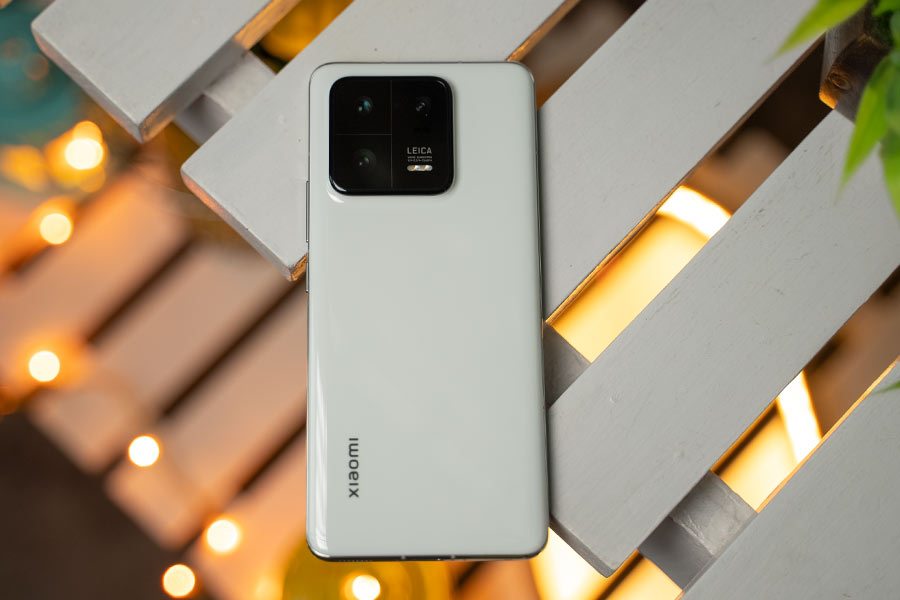
Another thing I have noticed is that the Snapdragon Gen 2 chip on the Xiaomi 13 Pro is not as optimized as the one on Galaxy S23+. Despite its vapor cooling solution, I noticed the phone getting warm when I am charging, recording videos, or using mobile data. It doesn’t overheat or throttle—it just gets warm.
But when I do similar things on my S23+, I didn’t face any of such issues. So, I hope Xiaomi sorts it out with a future update. And speaking of updates, the Android update commitment is also fewer on the Xiaomi 13 Pro than what Samsung and OnePlus are currently offering. So I think they should at least match the competition in this regard.
Plus, at the time of scripting this review, I have already received the monthly March security update on my S23+ while that’s still a no-show on the Xiaomi 13 Pro! So, Xiaomi has got to improve in this aspect!
Gaming experience
Software aside, the overall performance of the Xiaomi 13 Pro is as fast as any 8 Gen 2 phone and I am pretty sure it will keep on working fast in years to come!
As expected, games also run very well on this thing. I got stable 60 fps gameplay on popular titles like PUBG, Asphalt 9, and Mobile Legends at the highest of settings. And more importantly, its thermals in these games were similar to the S23+ as well.
Sadly, high refresh rate games such as Mech Arena and Injustice 2 still don’t run at a smooth 120fps and I am noticing huge frame drops here and there too. The phone also gets quite hot while playing Genshin Impact in the highest setting. This is obviously not a chipset issue since these games play well on other 8 Gen 2 phones, so you can expect Xiaomi to optimize it with an update or two.
Battery
- 4820mAh battery with 120W fast charging
- 50W wireless, 10W reverse wireless charging
Battery-wise, I am getting pretty good results, if not great! “Great” is something like the iPhone 14 Pro Max and Galaxy S23 Ultra which gives me 7 – 7.5 hours of screen on time on my usage pattern. On the Xiaomi 13 Pro, it’s more along the lines of 6 hours of screen time, which is similar to that of the S23+.
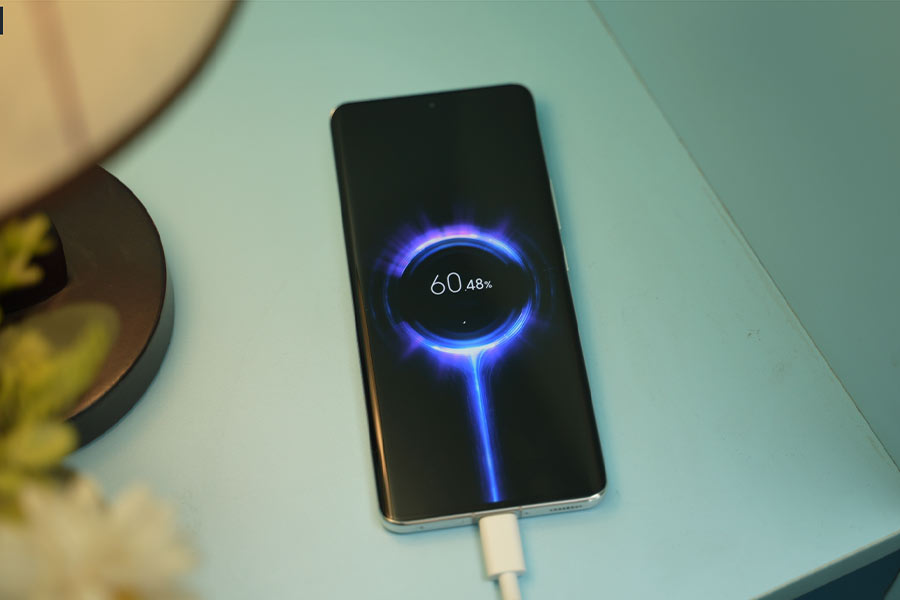
Charging on the other hand is wickedly fast here. The 120W charger—that you get inside the box for free—takes the phone from 0 to 100% in just 27 mins. And you can even turn ON the boost mode which fills up the battery even faster in like 22 minutes only!
Cameras
- Triple camera setup at the back
- (50MP primary, 50MP ultrawide, 50MP telephoto)
- Leica professional optical lens
- 32MP selfie camera (hole-punch cutout)
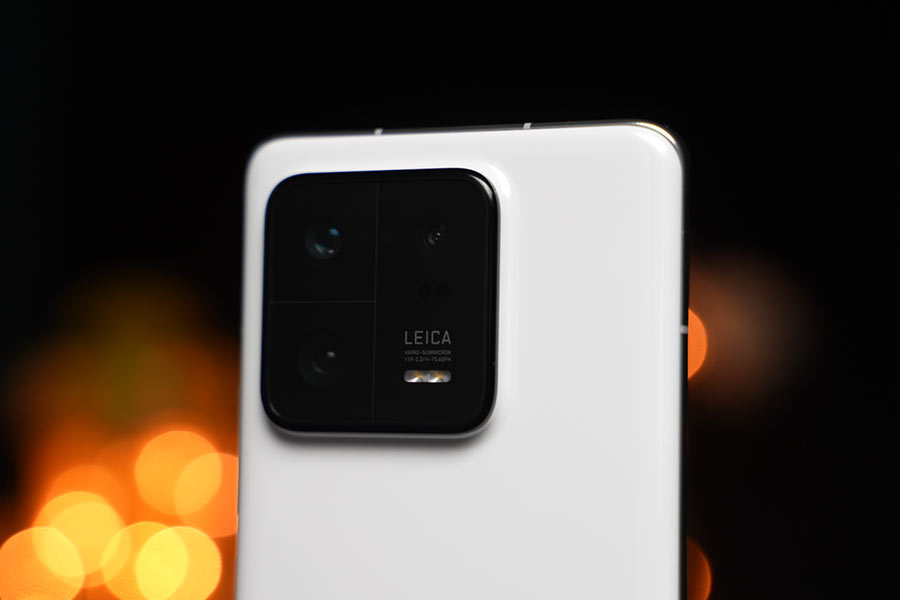
Okay so far in this review, I have talked about the design of Xiaomi 13 Pro which is acceptable; the display and user experience: excellent; the performance: top-notch; and the battery: very good. But what makes the Xiaomi 13 Pro worth considering, in my opinion, is its reliable set of cameras.
Here, we get a 50MP triple-camera setup, consisting of a 1-inch IMX989 23mm main lens, a 14mm ultra-wide lens, and a 75mm telephoto 3.2x zoom lens. And Xiaomi says—unlike other smartphone brands—their mobile camera division and Leica engineers have worked together deeply to bring the best of both worlds.
Daytime Images
And the results I am getting from the 13 Pro in fact look very promising. It’s simply a massive improvement from last year’s Xiaomi 12 Pro. Although this is only the second Xiaomi phone with Leica optimization, I am absolutely loving the photos it takes.
As you can see from these samples, Xiaomi’s images finally have a nice color science which is even better than the Galaxy S23+ in some scenarios, like this flower shot. Even in this photo, Jenny’s fur looks more natural with better sharpness. But in some images, it messes up the whites and saturation, so I hope to see this improve over time.
Lowlight Images
During low light, that massive 1-inch Sony sensor captures plenty of light. Some photos turn out reddish, but you can fix that by capturing the photos with night mode.
By the way, I am clicking photos mostly with “Leica Vibrant” mode, as the “Leica Authentic” mode is a little flat for my taste with a vignetting effect.
Portrait Images
Apart from this, the biggest improvement you will see from this camera is the portraits. The default 75mm telephoto lens clicks some stunning images with good skin tone, plenty of sharpness, and the right amount of background blur.
In fact, I like most of the portraits from Xiaomi in comparison to the Galaxy S23+. The edge detection nearby the hair area is not great, but it can easily be overlooked!
This 75mm telephoto zoom lens can also capture some really good 3x zoomed-in images with plenty of details.
You can even click good-looking closeup macro images from this camera.
Ultrawide Images
Still and all, there are 3 areas where this camera is not as good as the Galaxy S23+.
First I feel like the ultrawide angle lens photos are decent—yes—but still not on par with what S23+ delivers. That’s especially true during low light conditions.
Selfie Images
Secondly, its selfies are pretty average for the class as well.
The reason why the selfies don’t come out as good as the ones from the back cameras is that there’s no Leica optimization for selfies, and you also get pretty average hardware. Even the selfie videos are limited to just 1080p 30fps and the output is mediocre at best.
Videography
Lastly, although the videos across all resolutions and all lenses have nice stabilization with good details and sharpness, their dynamic range, contrast, and highlight management are still not on par with Samsung and iPhone. But when the light is uneven, you can capture great-looking videos!
Xiaomi 13 Pro Review: Conclusion
Ok, I think I have discussed everything about this phone by now! And I really like what Xiaomi has done here! It is easily the most improved flagship of 2023 and the best thing is that it’s priced quite aggressively in South Asian markets like Nepal and India.
So I genuinely think it’s worth paying extra for this phone over the likes of the OnePlus 11 and iQOO 11.
However, if budget is not a constraint, then Galaxy S23+ is a better overall phone as it comes with a better design, and you get a better software experience, a better front camera, and better videos too! But overall, I am happy to see Xiaomi making a good flagship phone, FINALLY! And hopefully, they keep on improving it with software updates. Given its top-quality hardware, the cameras can definitely get better, thermals could improve, and MIUI can get better as well.
- Watch our video review of Xiaomi 13 Pro
Xiaomi 13 Pro Review: Pros and Cons
Pros:
- Excellent set of cameras
- Top-tier flagship performance
- Scratch-resistant ceramic back
- Top-quality AMOLED display
- Nice stereo speakers
- Decent battery endurance
- Speedy wired and wireless charging
Cons:
- Slightly heavy and unergonomic design
- Videography not as good as iPhone or Samsung
- Average selfies, only 1080p recording option
- The phone gets warm occasionally











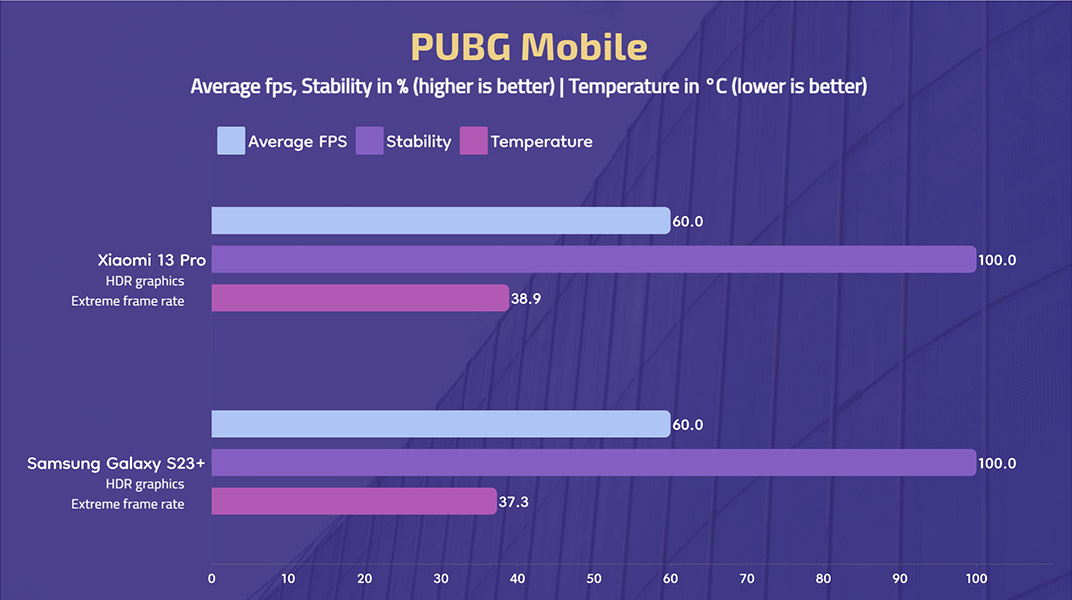
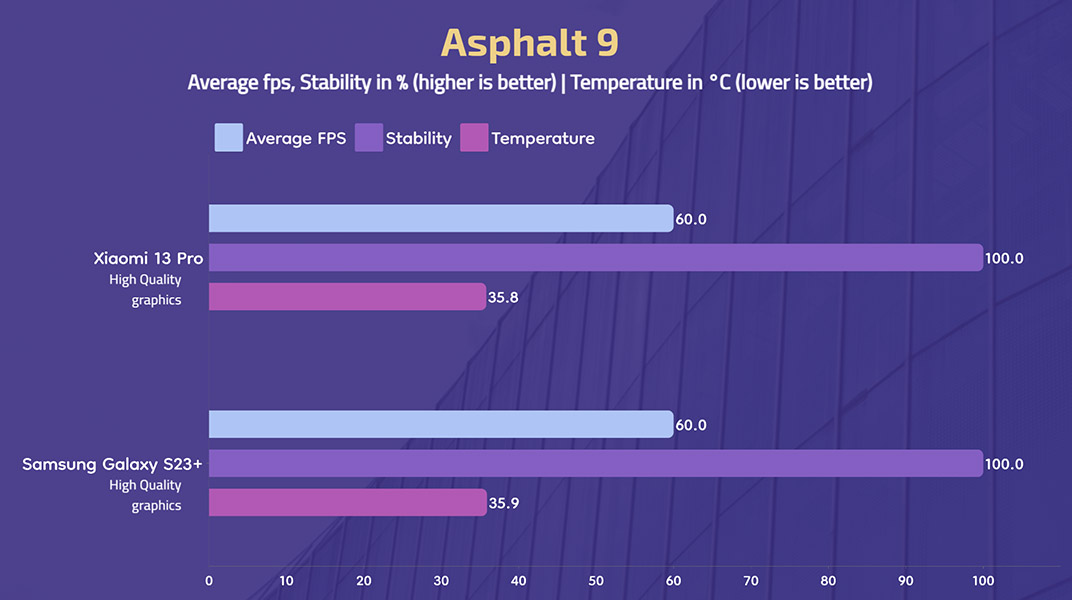



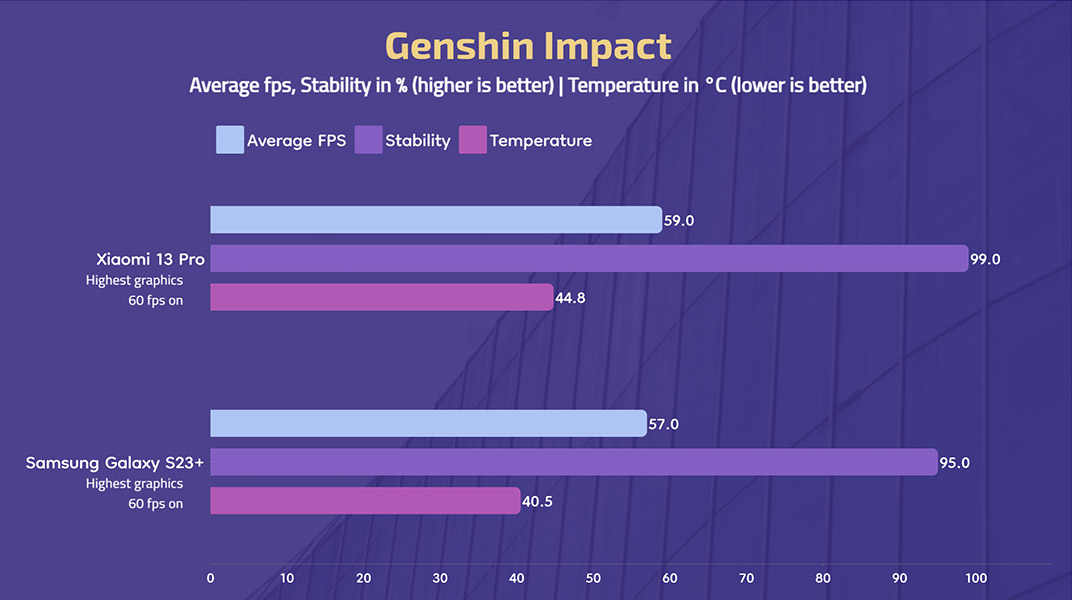


























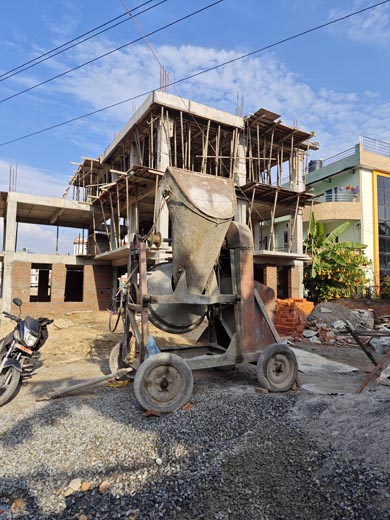









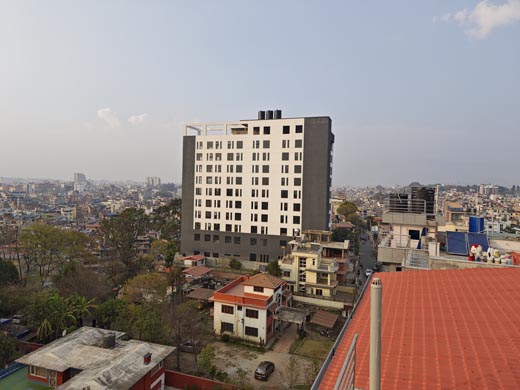





















![Best Ultrabooks To Buy in Nepal 2024 [Updated] Best Ultrabook Laptops in Nepal 2023 - June Update](https://cdn.gadgetbytenepal.com/wp-content/uploads/2023/04/Best-Ultrabook-Laptops-in-Nepal-2023-June-Update.jpg)
![Best Gaming Laptops in Nepal 2024 [Updated] Best Gaming Laptops in Nepal 2023 - June Update](https://cdn.gadgetbytenepal.com/wp-content/uploads/2023/04/Best-Gaming-Laptops-in-Nepal-2023-June-Update.jpg)



![Best Mobile Phones Under Rs. 15,000 in Nepal [Updated] Best Phones Under 15000 in Nepal 2024 Budget Smartphones Cheap Affordable](https://cdn.gadgetbytenepal.com/wp-content/uploads/2024/03/Best-Phones-Under-15000-in-Nepal-2024.jpg)
![Best Mobile Phones Under Rs. 20,000 in Nepal [Updated] Best Mobile Phones Under NPR 20000 in Nepal 2023 Updated Samsung Xiaomi Redmi POCO Realme Narzo Benco](https://cdn.gadgetbytenepal.com/wp-content/uploads/2024/01/Best-Phones-Under-20000-in-Nepal-2024.jpg)
![Best Mobile Phones Under Rs. 30,000 in Nepal [Updated]](https://cdn.gadgetbytenepal.com/wp-content/uploads/2023/12/Best-Phones-Under-30000-in-Nepal-2024.jpg)
![Best Mobile Phones Under Rs. 40,000 in Nepal [Updated] Best Phones Under 40000 in Nepal 2024 Smartphones Mobile Midrange](https://cdn.gadgetbytenepal.com/wp-content/uploads/2024/02/Best-Phones-Under-40000-in-Nepal-2024.jpg)
![Best Mobile Phones Under Rs. 50,000 in Nepal [Updated] Best Phones Under 50000 in Nepal 2024 Smartphones Midrange](https://cdn.gadgetbytenepal.com/wp-content/uploads/2024/02/Best-Phones-Under-50000-in-Nepal-2024.jpg)
![Best Flagship Smartphones To Buy In Nepal [Updated] Best Smartphones in Nepal 2024 Flagship Premium Samsung Apple iPhone Xiaomi OnePlus Honor](https://cdn.gadgetbytenepal.com/wp-content/uploads/2023/09/Best-Smartphones-in-Nepal-2024.jpg)